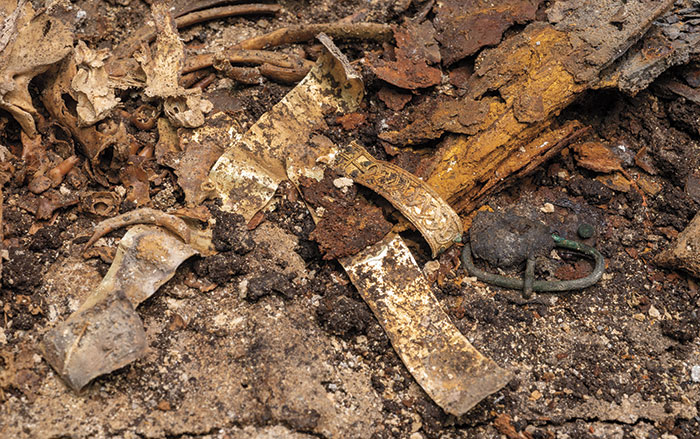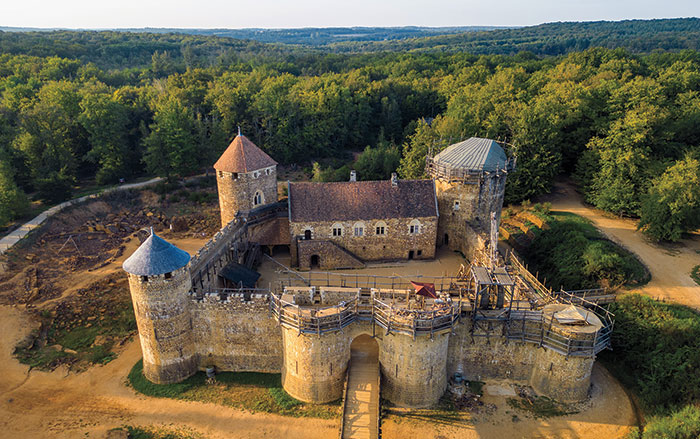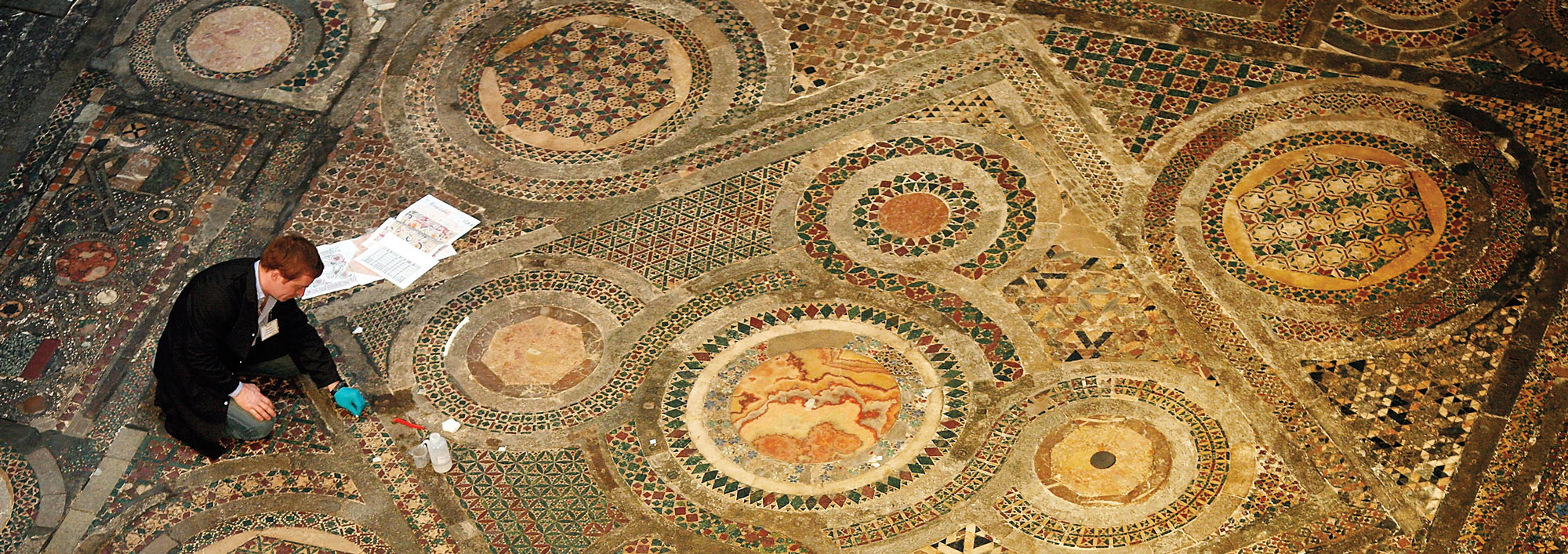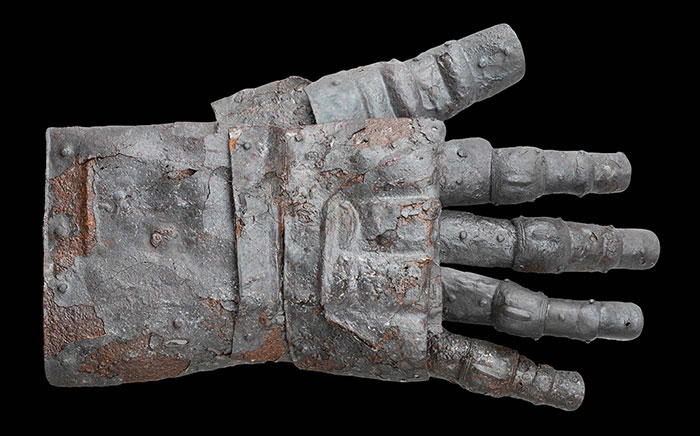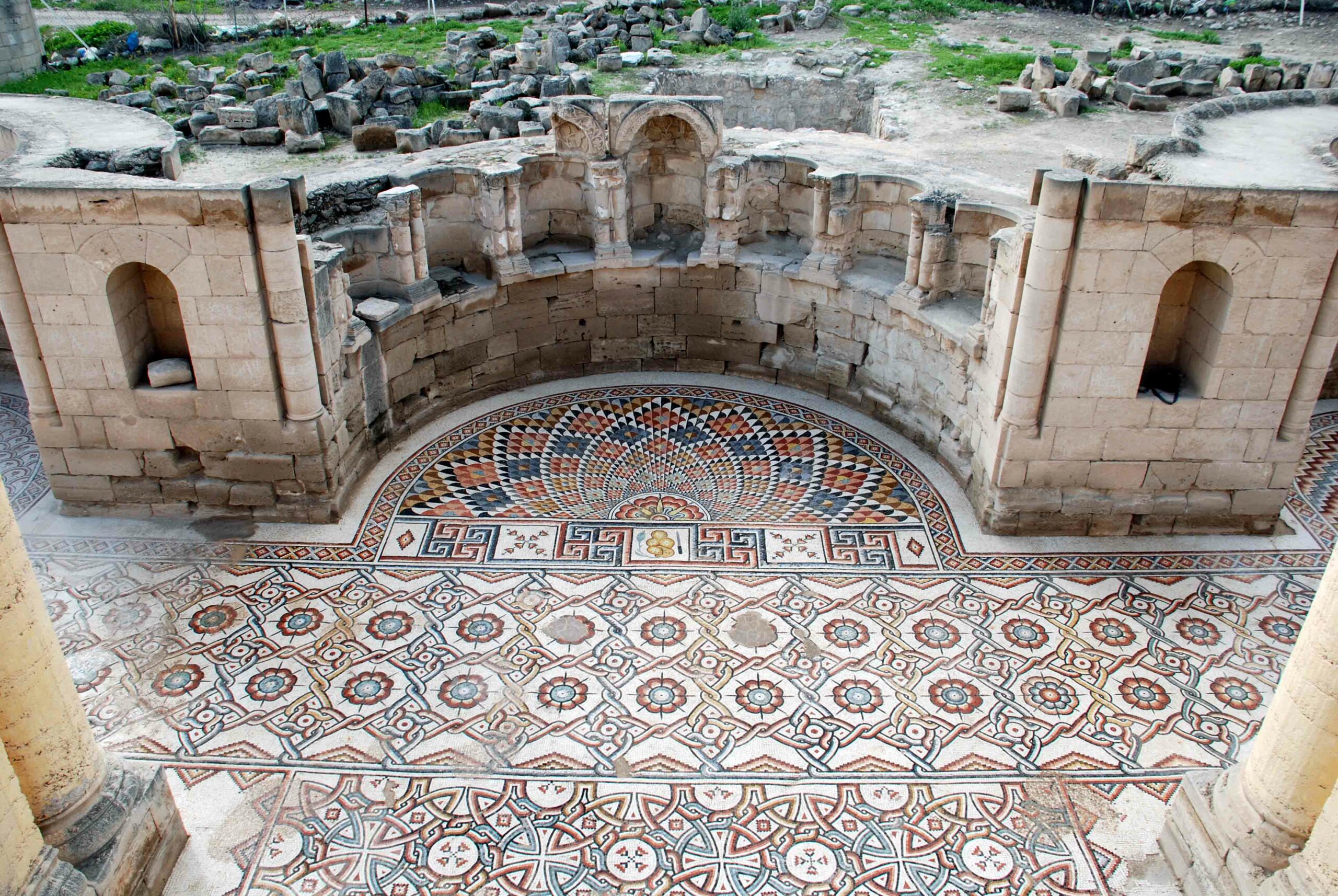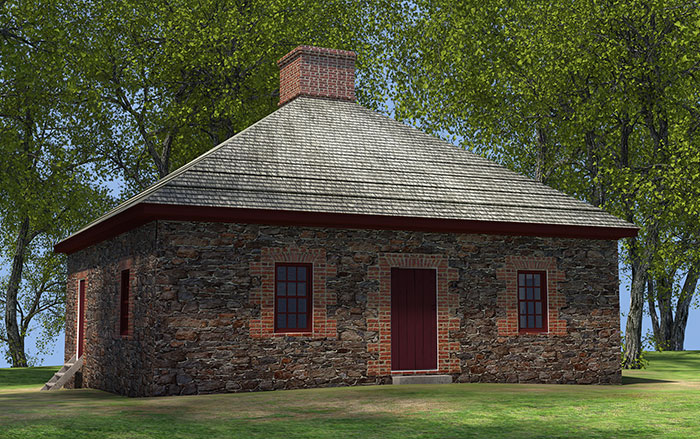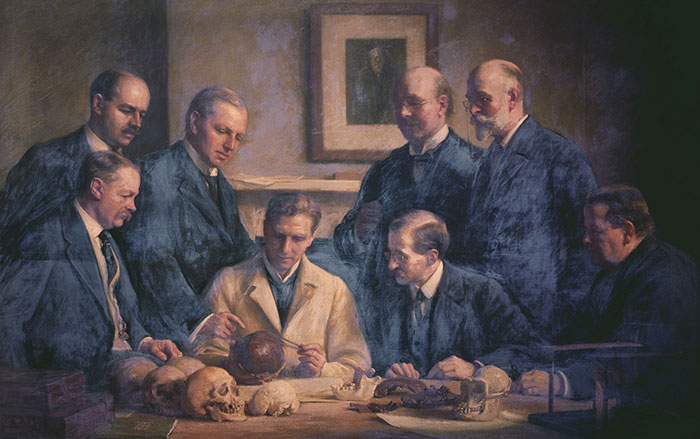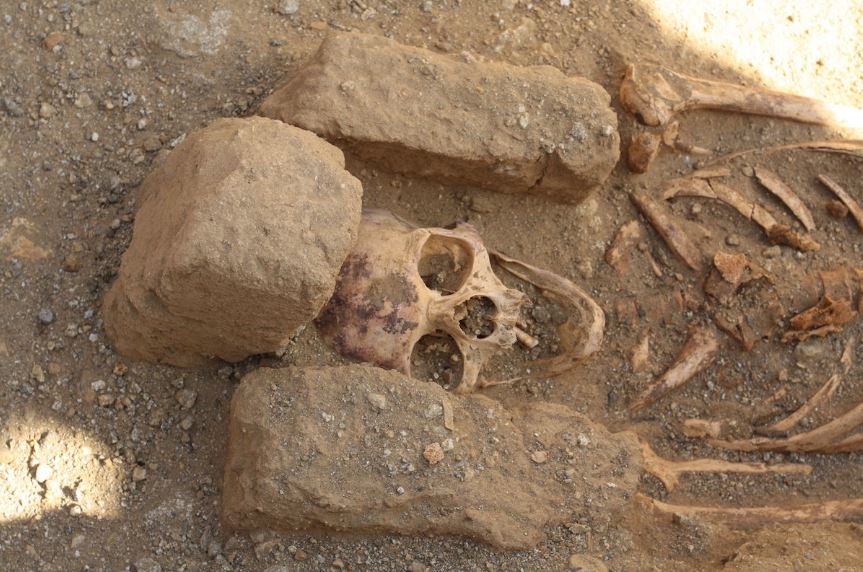
ONTARIO, CANADA—Live Science reports that the remains of more than 120 individuals exhumed from four 1,000-year-old cemeteries at the medieval site of the al-Ghazali Christian monastery in Sudan have been analyzed. In one of the cemeteries, almost all of the skeletons belonged to males, who may have been monks from the monastery. People who lived in nearby settlements are thought to have been buried in two of the other cemeteries. The most recently discovered cemetery contained only 15 burials. Robert Stark of McMaster University explained that stone structures and tombstones found in all of the cemeteries were engraved in Greek or Coptic with prayers and information about the people buried in them. Some of the burials contained well-preserved burial shrouds that had been placed over the skulls of the deceased. Post-mortem cut marks were found on the bones of two of the individuals. Another person seems to have been placed in a grave in a haphazard way, even though the grave itself was neatly dug and a stone structure was placed on top of it. For more on archaeology in Sudan, go to “The Cult of Amun.”


